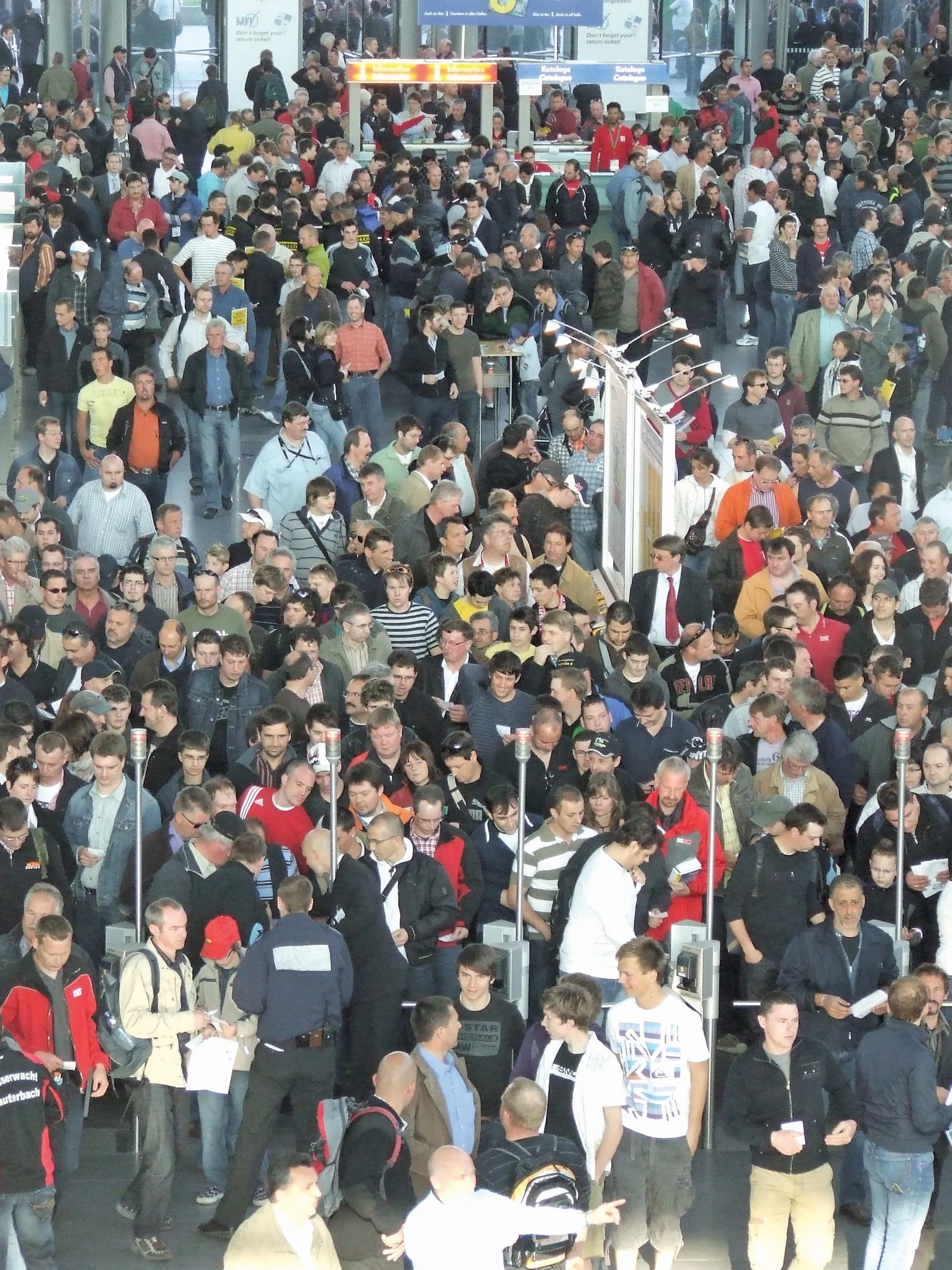The
According to the CEA report, exports of components and parts showed modest improvements in the fourth quarter of 2016 compared with the third quarter,. This shows a 1.5% increase in weight (tonnes) terms, and an 11.3% increase in value terms. However, in both cases, Oct/Dec 2016 exports were below 2015 levels and resulted in reduced levels on an annual basis. In weight terms, 2016 exports were just over 100,000tonnes, 14.4% down on 2016 levels, and in value terms were £594 million, 24.7% down on 2015 levels.
Imports of components and parts in the fourth quarter showed reductions from the levels in the third quarter. On a weight basis, volumes were down by 17.9%, and on a value basis were down marginally by 0.8% compared with third quarter. However in both cases, Oct/Dec 2016 levels of imports were above 2015 levels, and resulted in annual levels in 2016 being similar to 2015 levels. On a weight basis, 2016 imports were 227,000tonnes, matching 2015 levels, and on a value basis, imports were £767 million, only 4.2% below 2015 levels.
To put trade in components and parts into context compared with equipment, exports of components were only a quarter of the value of equipment in 2016. Exports of components were £594 million, compared with £ 2,378 for equipment. For imports, the difference is much less significant. In 2016, imports of components were £767 million, close to 60% of the level of equipment imports at £1,281 million.
Unlike equipment, the UK is a net importer of components and parts, measured in both weight (tonnes) and value terms. In 2016, the trade deficit increased for both measures. On a value basis it increased from only £13 million in 2015 to £173 million in 2016. On a weight basis, the deficit increased more modestly, by around 15%, from 109,000tonnes to 126,000tonnes.
In 2016, UK manufacturers exported components and parts to around 180 different countries. In weight terms, the top 3 destinations in 2016 accounted for 45% of total exports, consisting of France (18%), USA (17%) and Belgium (10%). Exports to France have overtaken the USA in 2016. Exports to France in 2016 increased by 9%, while exports to the USA declined by 25%. However, in value terms, the USA remains the largest destination market by a long way, accounting for 18% of total exports, followed by Norway with 10%.
Exports to EU markets have shown an increased share of total exports, following a similar pattern to equipment exports. On a weight basis, exports to EU countries have increased from 50% in 2015 to 54% in 2016. On a value basis, the EU proportion is much lower but still on an increasing trend, growing from 25% of total exports in 2015 to 29% in 2016.
In 2016, UK imports of components and parts arrived from over 90 different countries. The table below shows a ranking of the Top 20 importing countries based on weight, arriving in 2015 and 2016. During 2016, the Top 20 countries accounted for over 90% of total imports in both weight and value terms.
The top three importing countries across 2015 and 2016 were China, India and Italy. These three countries dominated supply of imported components and parts accounting for 65% of total weight, and 38% of total value in 2016. China alone accounted for 34% of total weight, and 14% of value in 2016. Belgium and the Netherlands remain as two of the highest importing countries in 2016 (ranked 6th and 9th).
This report provides an update on quarterly exports and imports of components and parts for Construction and Earthmoving equipment since 2013. The data is taken from HMRC official trade statistics and is available in weight (tonnes) and value (£ million) terms. Products included in the analysis are buckets and attachments, blades, parts for boring or sinking machinery and other parts for construction equipment.
UK machine parts exports and imports
The Construction Equipment Association (CEA) reports improvements in UK exports and imports of components and parts for construction and earthmoving machines. According to the CEA report, exports of components and parts showed modest improvements in the fourth quarter of 2016 compared with the third quarter,. This shows a 1.5% increase in weight (tonnes) terms, and an 11.3% increase in value terms.
March 1, 2017
Read time: 3 mins








